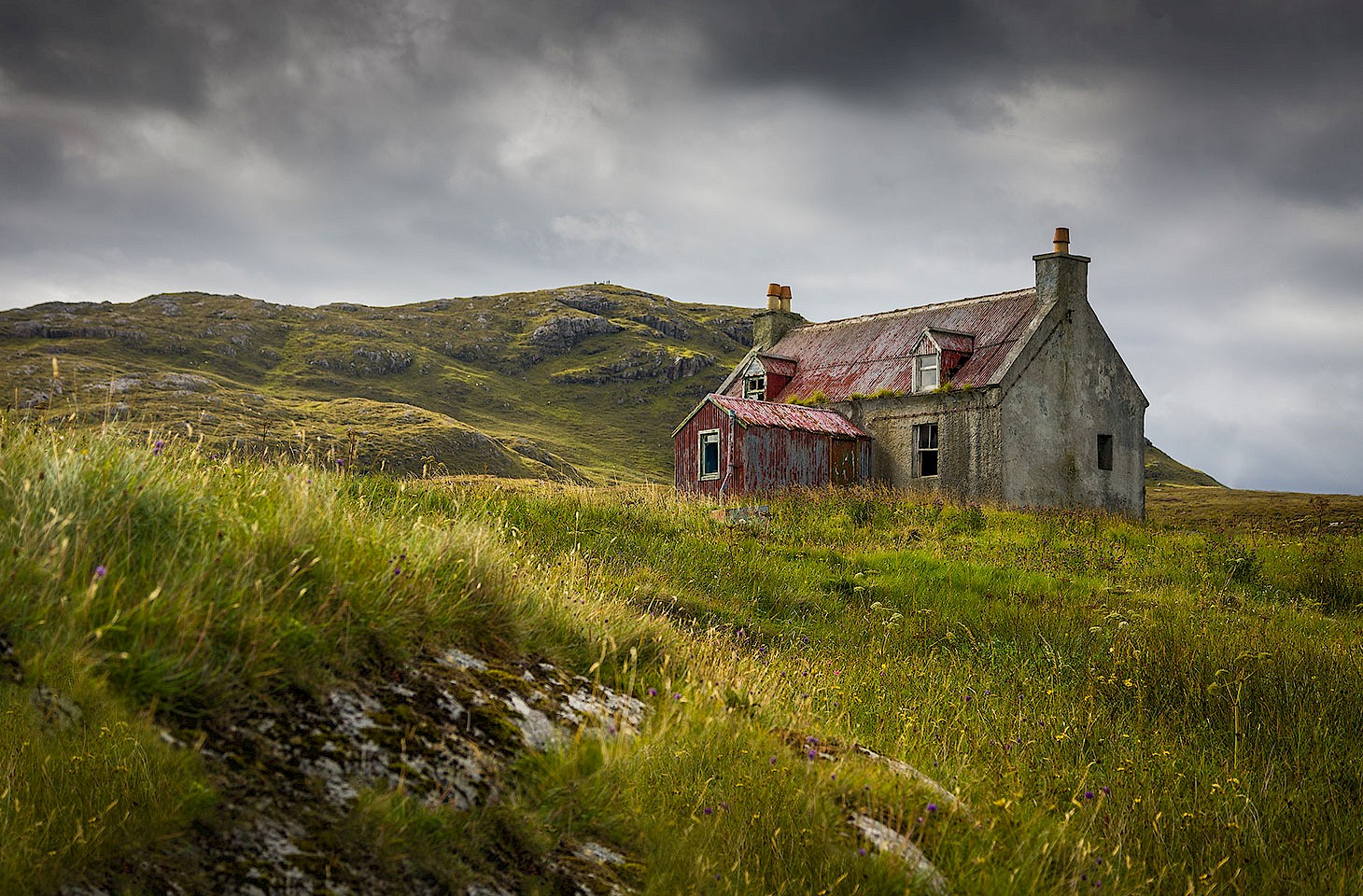with a poem by Paul Hadfield
At first glimpse Scotland's Loch Fyne looks pristine, a fjord and mountain landscape fixed in eternity. But looks deceive. Shades of glaciers past in the raised beaches of the foreshore, and, in the village of Furnace, a rich industrial history surrounds the old gunpowder mills. On 29 September 1883, a Saturday afternoon, while the men played shinty down by the loch, a great explosion reverberated over Loch Fyne as dozens of tons of gunpowder ignited. The powdermills closed forever.
hidden europe walked the shores of Loch Fyne from Minard north to Furnace in search of landscape history, and (opposite) guest author Paul Hadfield, who lives by the old powdermills, evokes a moment of family history.
from 'On a Raised Beach' by Hugh MacDiarmid (1967)We are so easily baffled by appearances and do not realise that these stones are one with the stars. It makes no difference to them whether they are high or low, mountain peak or ocean floor; palace or pigsty. There are plenty of ruined buildings in the world but no ruined stones.
The walk to Furnace skirts the shingle shelf of Loch Fyne. On the left the rhododendrons that escaped Crarae; a eucalyptus by the highway, azaleas too. Scots pines where bright crossbills defy red squirrels. And a seal lies silent in the sun on the gravel shoals of An Oitir.




